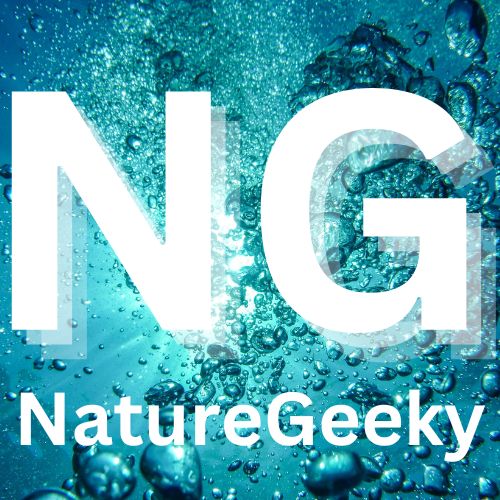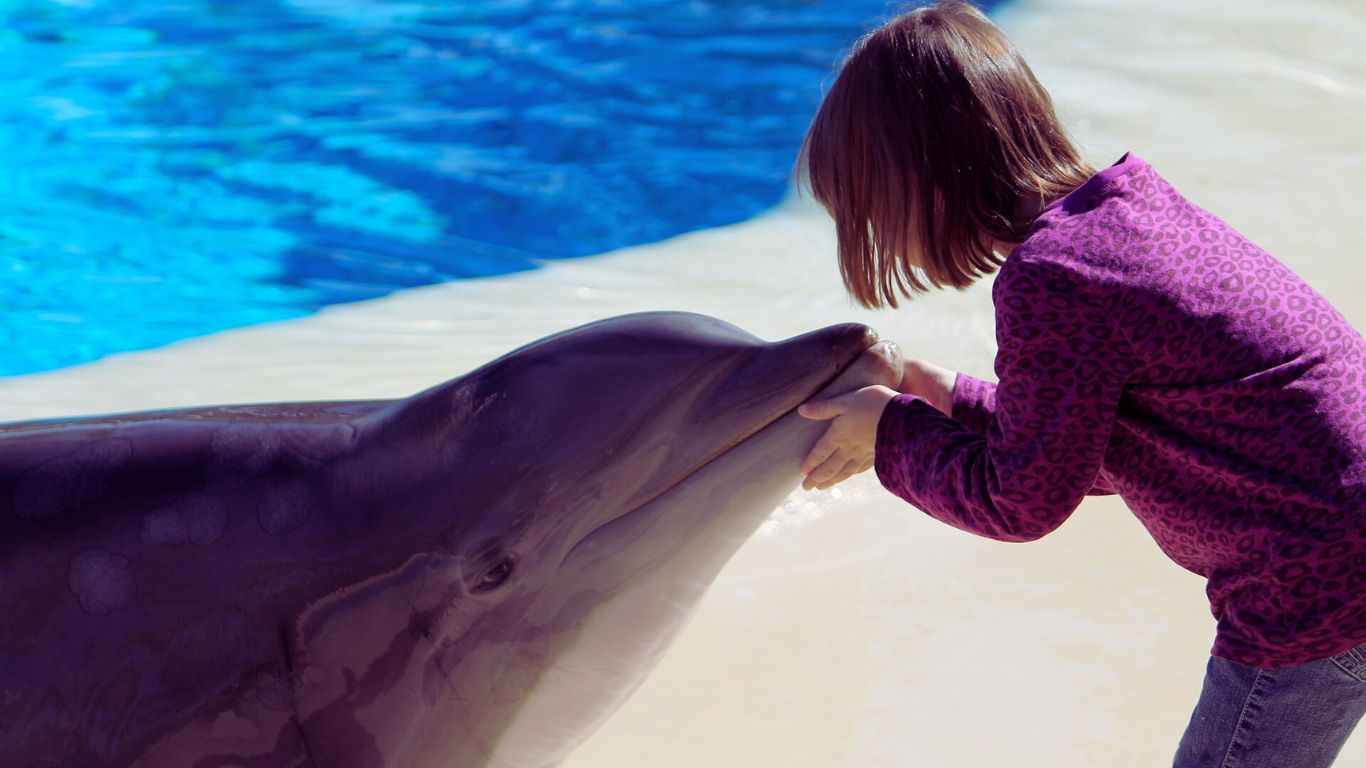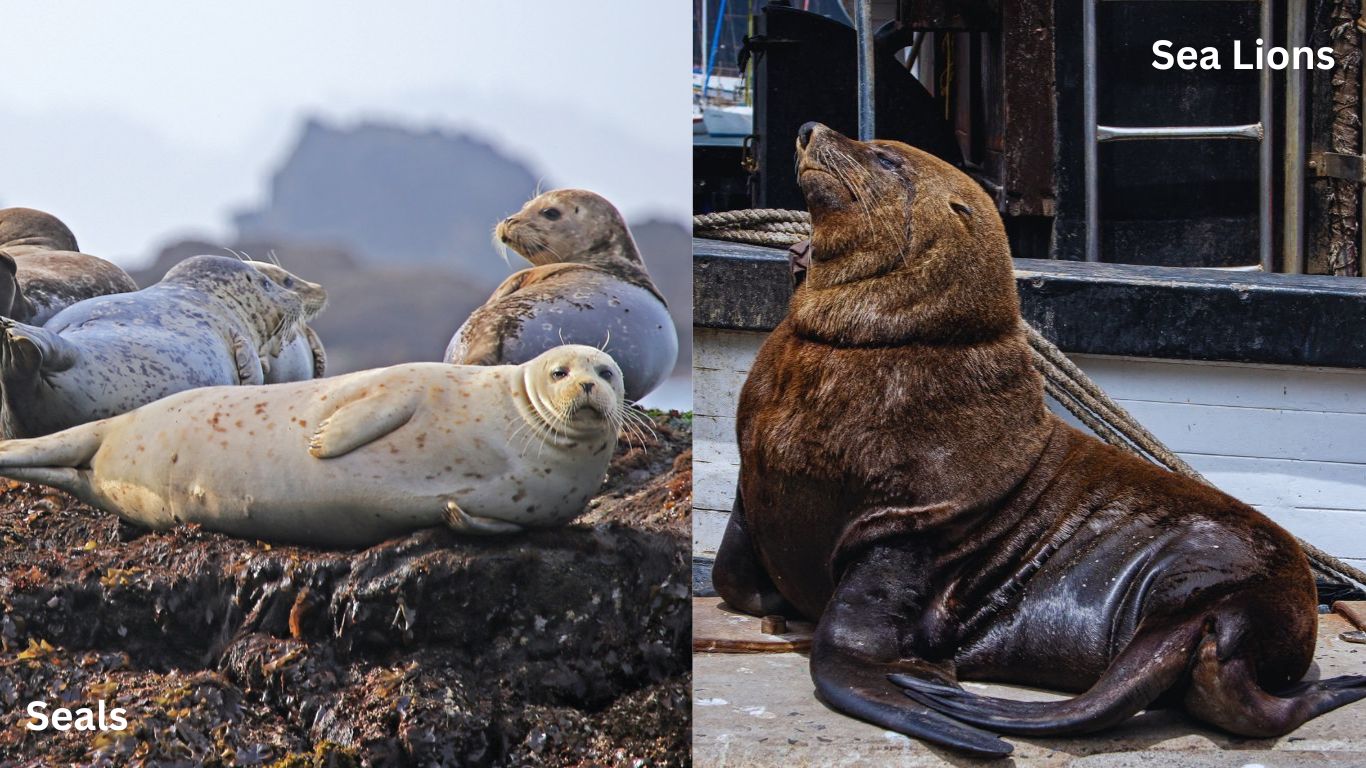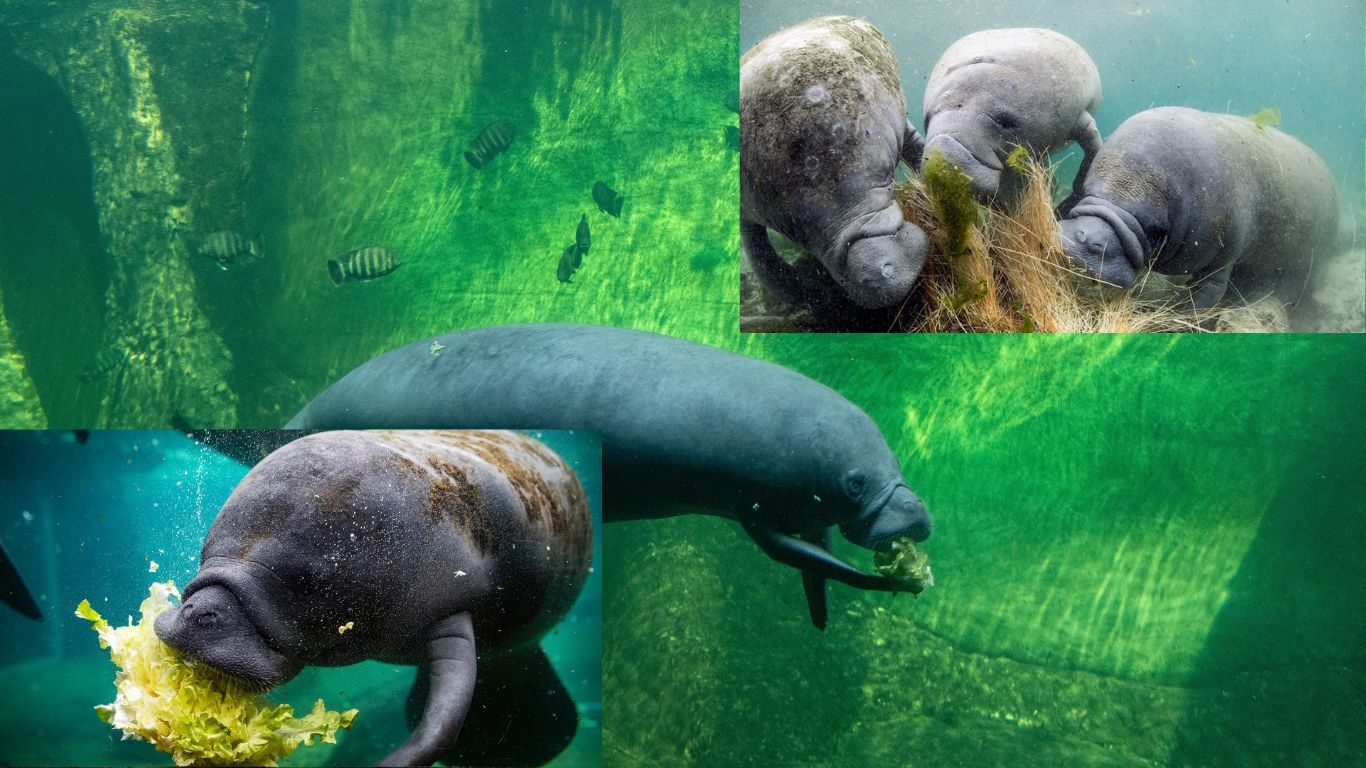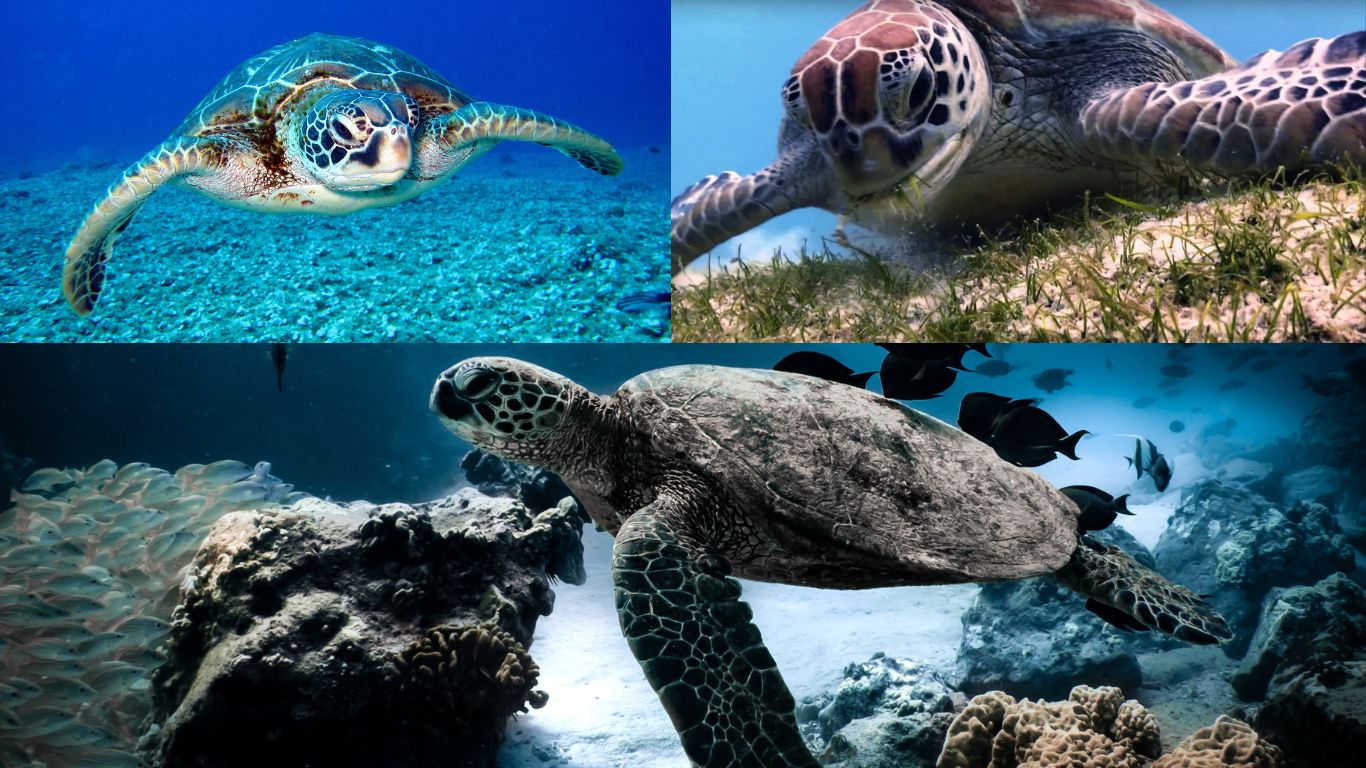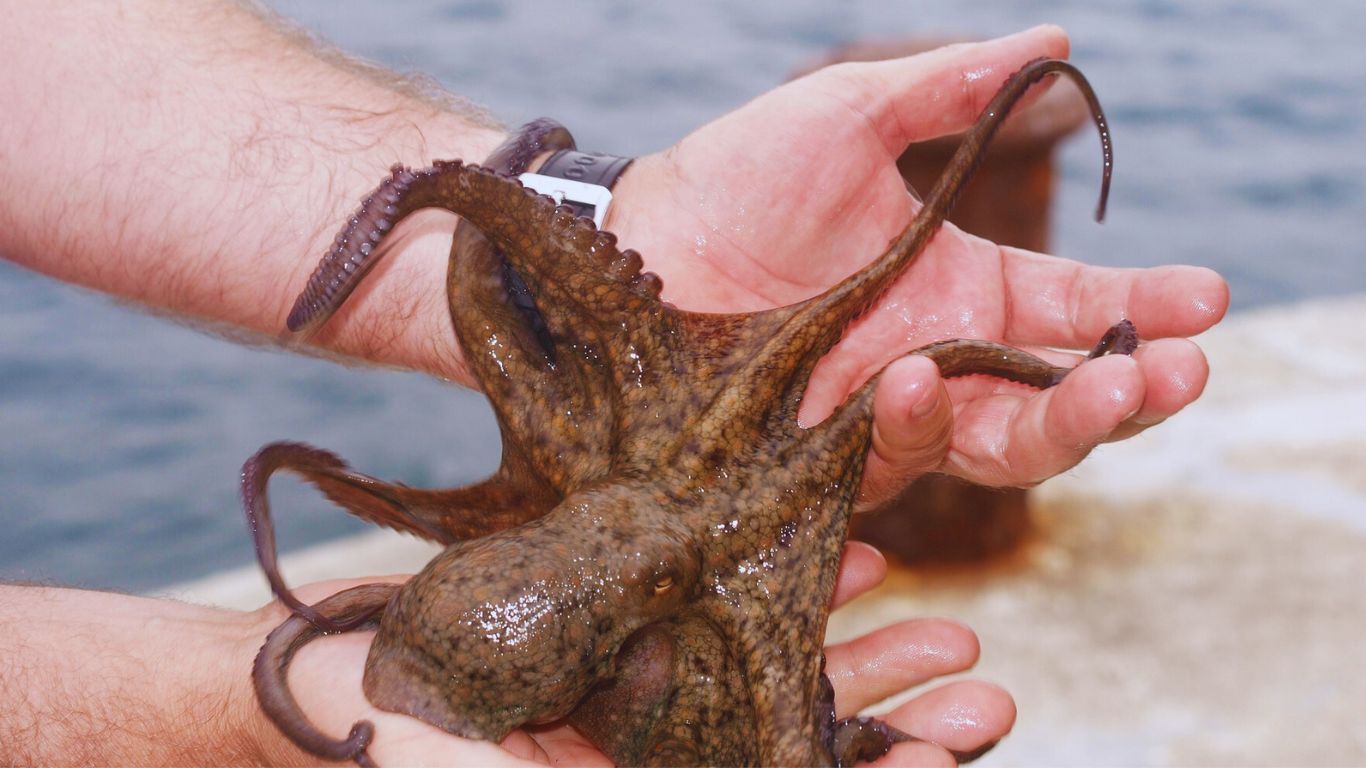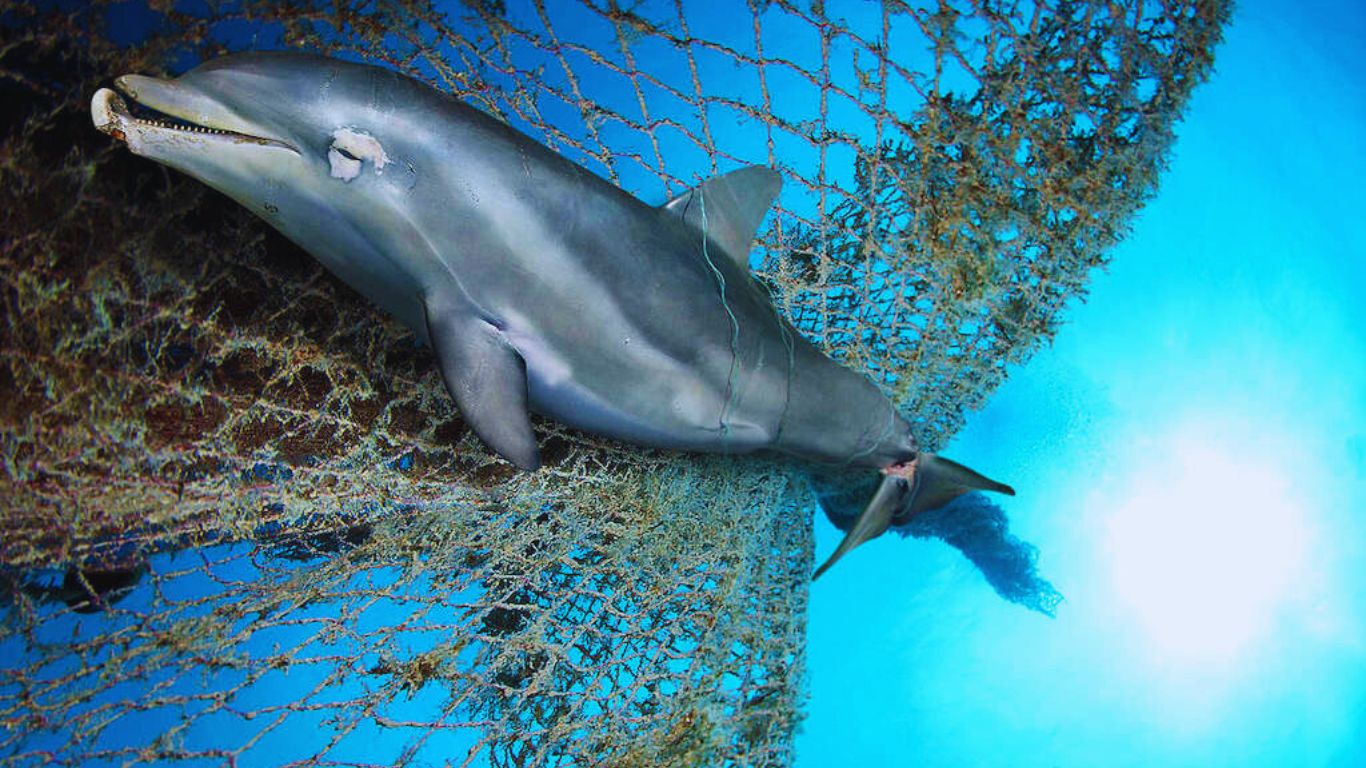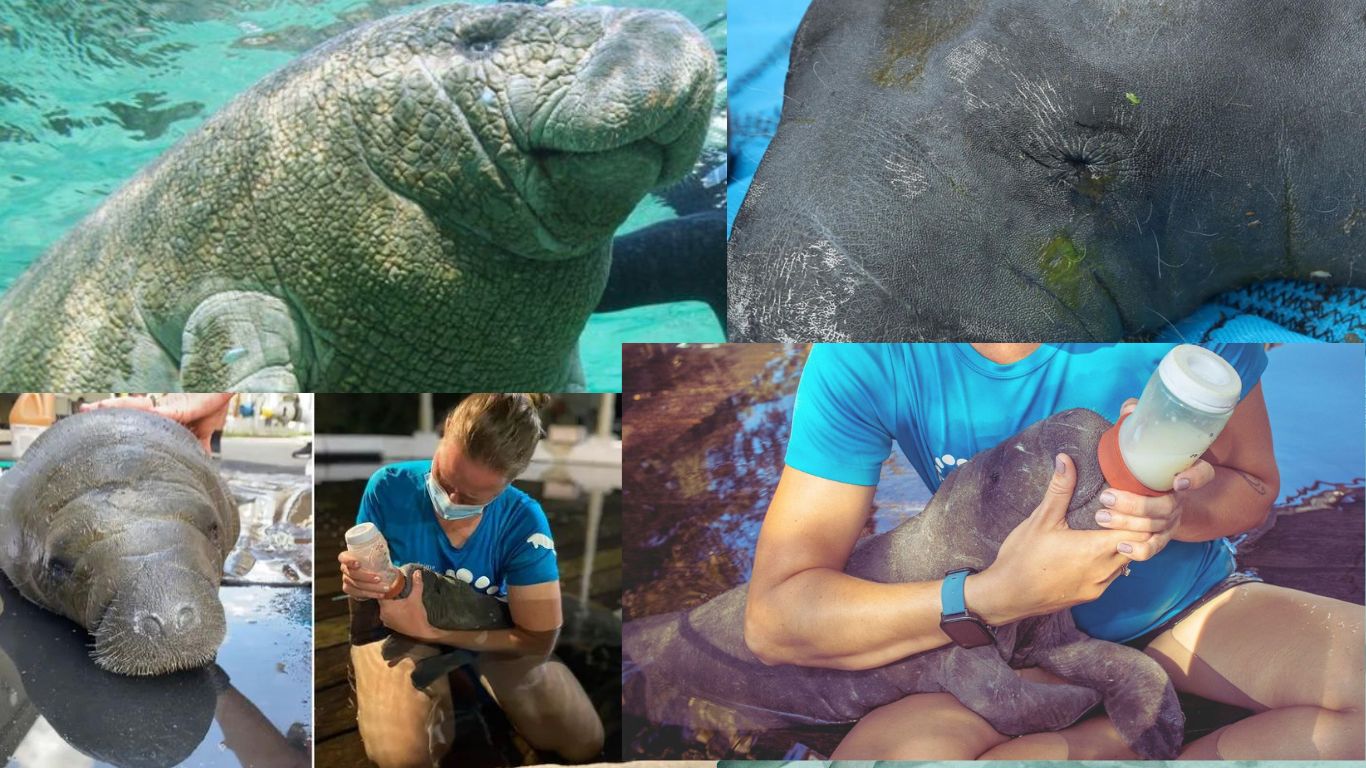Classification of Sea Animals based on Vertebrates and Invertebrates.
Sea animals exhibit a diverse range of classifications, showcasing the incredible variety of life that thrives in marine environments. Sea animals can be classified into two broad categories, Vertebrates and Invertebrates.
The classification of sea animals into vertebrates and invertebrates not only highlights their structural differences but also underscores the immense biodiversity found in marine ecosystems. Vertebrates, with their highly developed nervous systems and specialized adaptations for swimming and hunting, dominate the upper trophic levels of the marine food chain. Invertebrates, on the other hand, play vital roles as filter feeders, scavengers, and essential components of the ocean’s intricate food webs.
Vertebrates include fish, marine mammals, sea turtles, and sea snakes.
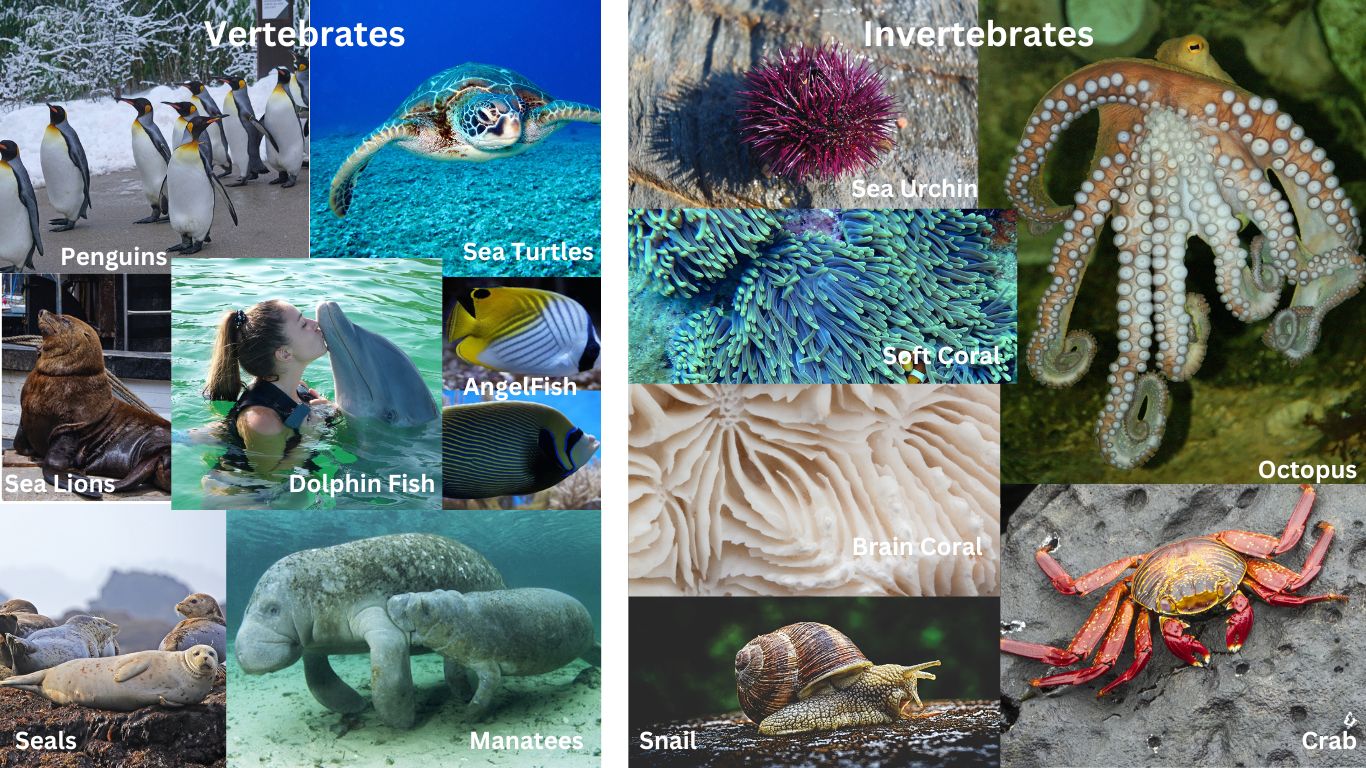
Fish can be further divided into cartilaginous fish (such as sharks and rays) and bony fish (including various species of colorful reef fish).
Marine mammals encompass whales, dolphins, seals, and sea lions.
Invertebrates, on the other hand, constitute a vast majority of sea animals and comprises of
cephalopods (like squids and octopuses),
crustaceans (such as crabs and lobsters),
mollusks (including clams and snails),
echinoderms (such as sea stars and sea urchins), and
corals (both hard and soft varieties).
Each classification possesses its unique characteristics, adaptations, and ecological roles, contributing to the awe-inspiring diversity found in the underwater world.
Below table highlights the key differences between vertebrates and invertebrates in context to sea animals.
| Aspect | Vertebrates | Invertebrates |
| Definition | Animals with a backbone or spinal column | Animals without a backbone |
| Examples | Fish, marine mammals, sea turtles | Cephalopods (squids, octopuses), crustaceans (crabs, lobsters), mollusks (clams, snails), echinoderms (sea stars, sea urchins), corals |
| Body Structure | Possess a well-developed internal skeleton made of bone or cartilage | Lack a well-developed internal skeleton, some may have exoskeletons or hard shells |
| Nervous System | Possess a centralized nervous system, including a brain and spinal cord | Nervous system consists of a decentralized network of ganglia and nerves |
| Respiratory System | Have specialized respiratory organs, such as gills or lungs | Respiratory structures vary depending on the species, including gills, tracheal tubes, diffusion through the body surface |
| Reproduction | Can reproduce sexually or asexually | Can reproduce sexually or asexually |
| Adaptations | Various adaptations for swimming, such as streamlined bodies and fins | Exhibit a wide range of adaptations, such as camouflage, venomous stingers, jet propulsion, and complex body structures |
| Ecological Roles | Occupy diverse ecological niches within marine ecosystems | Play crucial roles as predators, scavengers, filter feeders, and contributors to nutrient cycling |
| Conservation Status | Many species face conservation challenges due to overfishing, habitat destruction, and pollution | Some invertebrate groups are threatened by habitat loss, pollution, and climate change, while others are less impacted |
A. Vertebrates
1. Fishes like Cartilaginous fish, Bony fish, etc comes under this category.
Cartilaginous Fish
Cartilaginous fish are a group of fish belonging to the class Chondrichthyes, which includes sharks, rays, and skates. Unlike bony fish, which have skeletons made of bone, cartilaginous fish have skeletons made of cartilage, a tough and flexible tissue. This adaptation allows them to be more lightweight and agile in the water.
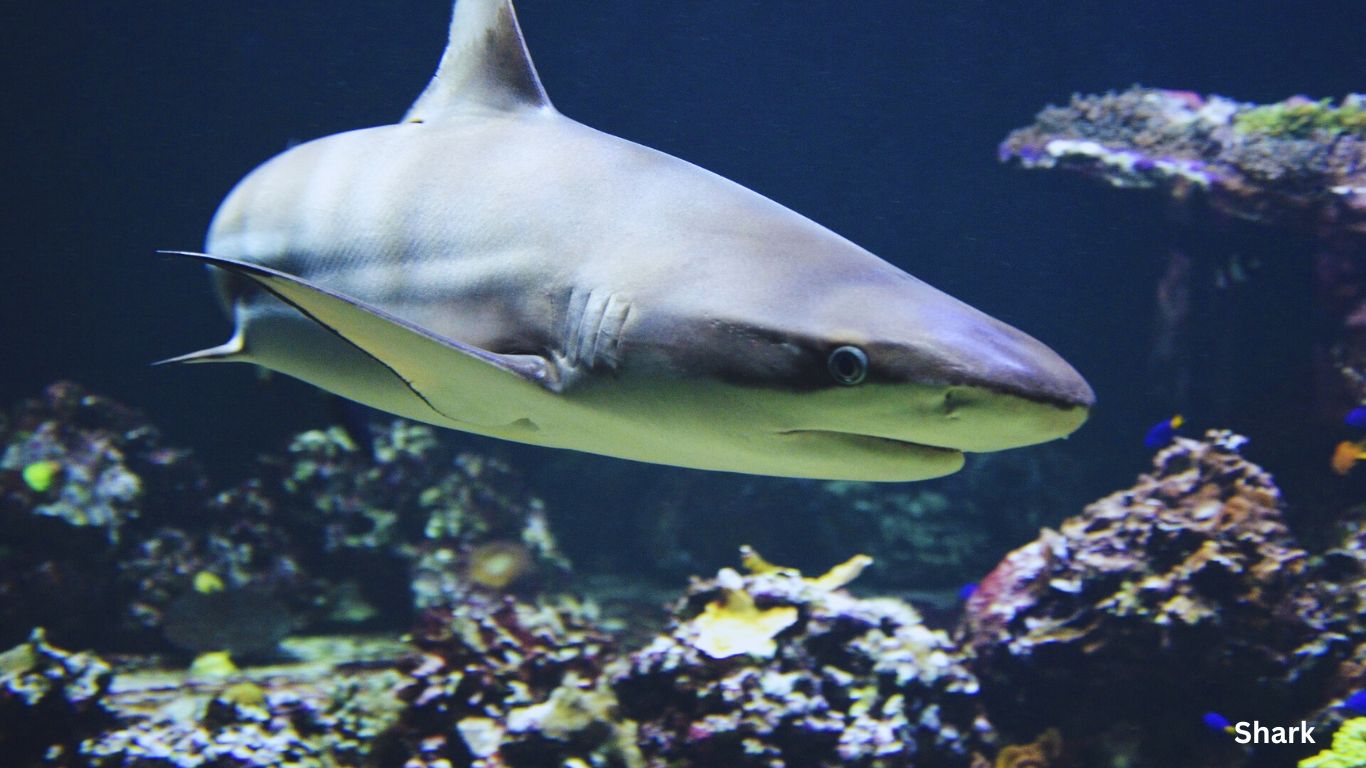
Here are some key characteristics of cartilaginous fish:
1. Skeleton: As mentioned earlier, cartilaginous fish have skeletons made of cartilage rather than bone. This cartilaginous structure provides support and flexibility to their bodies.
2. Body Shape: Cartilaginous fish have a streamlined body shape, which helps them move efficiently through the water. Their bodies are typically dorsoventrally flattened, allowing them to glide smoothly.
3. Skin: The skin of cartilaginous fish is covered in tooth-like scales called dermal denticles. These denticles reduce drag and turbulence in the water, enabling the fish to swim faster.
4. Gills: Like other fish, cartilaginous fish respire through gills. They have gill slits located on the sides of their bodies, which extract oxygen from the water as it passes over the gill filaments.
5. Reproduction: Cartilaginous fish exhibit various reproductive strategies. Some species are oviparous, meaning they lay eggs that hatch externally. Others are viviparous, giving birth to live young after internal development. There are also some species that are ovoviviparous, where the eggs develop internally, but the young are hatched inside the female and then born live.
6. Sensory Organs: Cartilaginous fish possess a well-developed sensory system. They have a keen sense of smell, aided by the presence of olfactory organs called olfactory rosettes. They also have a lateral line system that detects changes in water pressure and helps them locate prey and navigate in their environment.
7. Predatory Nature: Many cartilaginous fish are apex predators in their ecosystems. They have sharp teeth and powerful jaws that allow them to capture and consume a variety of prey, including other fish, invertebrates, and even marine mammals.
8. Diversity: The class Chondrichthyes comprises over 1,000 species of cartilaginous fish. This includes well-known creatures like great white sharks, hammerhead sharks, manta rays, and stingrays, as well as lesser-known species such as sawfish and chimaeras.
Cartilaginous fish play important ecological roles in marine ecosystems. They help regulate prey populations, maintain biodiversity, and contribute to the overall balance of the food web. However, many species of cartilaginous fish are currently facing threats such as overfishing and habitat destruction, leading to conservation concerns.
Bony Fish
Bony fish, also known as Osteichthyes, are a diverse group of fish that make up the largest class of vertebrates. They are characterized by having skeletons made of bone, as opposed to the cartilaginous skeletons of cartilaginous fish like sharks and rays. Bony fish can be found in various aquatic environments, including freshwater and saltwater habitats. Some key features and characteristics of bony fish include:
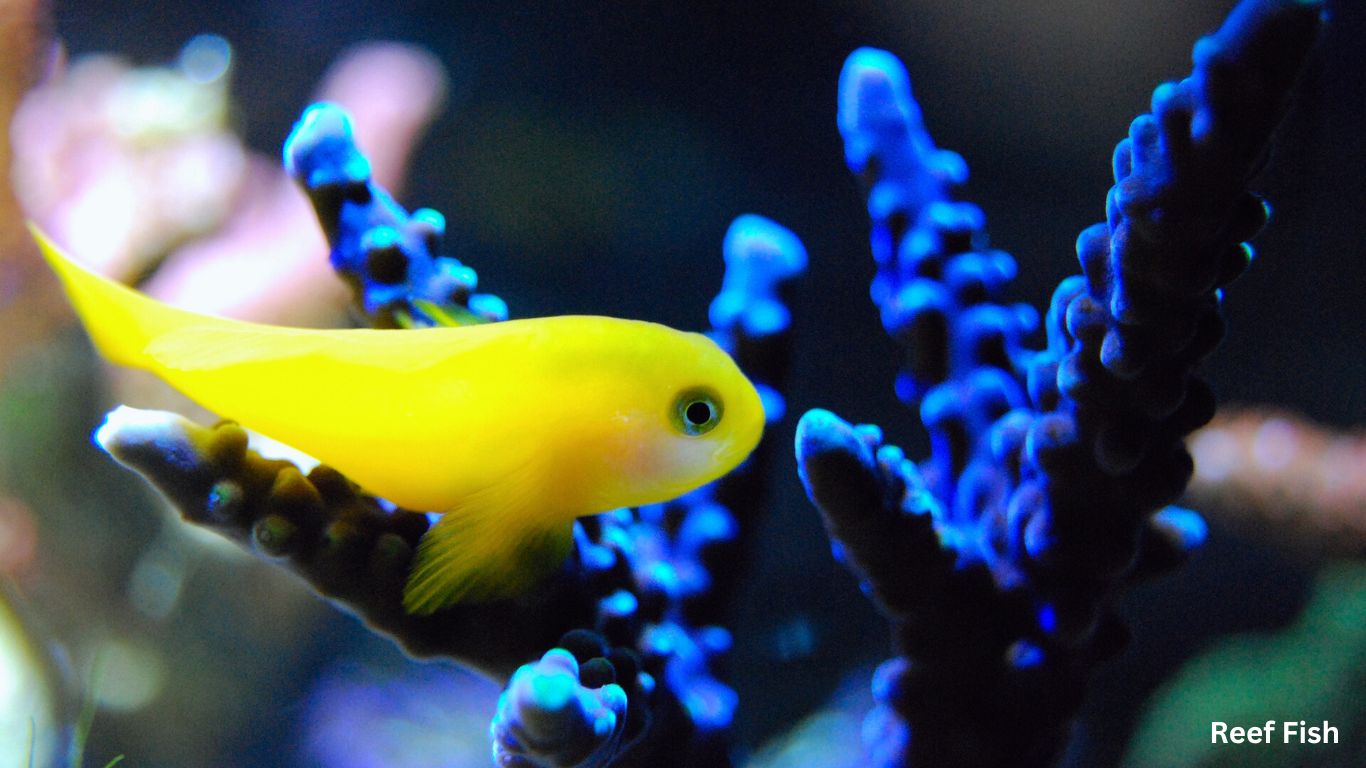
1. Skeleton: Bony fish have an endoskeleton made primarily of bone, providing structural support and protection for their bodies. This bone structure allows for a wide range of body shapes and sizes among different species.
2. Scales: The skin of bony fish is covered in overlapping scales, which come in various shapes, sizes, and patterns depending on the species. These scales provide protection and reduce friction in the water.
3. Swim Bladder: Most bony fish have a swim bladder, an internal gas-filled sac that helps control buoyancy. By adjusting the amount of gas in the swim bladder, fish can regulate their depth in the water column without actively swimming.
4. Gill Respiration: Bony fish have gills that extract oxygen from the water. They have a specialized respiratory system that allows them to extract oxygen from the water and release carbon dioxide.
5. Fins: Bony fish have a variety of fins, including paired pectoral fins, pelvic fins, dorsal fin, anal fin, and caudal fin. These fins assist with stability, maneuvering, and propulsion in the water.
6. Reproduction: Bony fish exhibit diverse reproductive strategies. Most species are oviparous, laying eggs that are externally fertilized. Some bony fish, such as certain species of fish like guppies and swordtails, are viviparous and give birth to live young. Others are ovoviviparous, where the eggs develop internally, but the young are hatched inside the female and then born live.
7. Sensory Organs: Bony fish possess sensory organs that help them navigate and locate prey. They have well-developed eyesight, keen senses of smell and taste, and a lateral line system that detects vibrations and changes in water pressure.
8. Diversity: Bony fish represent an incredibly diverse group, with over 30,000 species known to science. They come in various shapes, sizes, and colors, occupying a wide range of ecological niches. Popular examples of bony fish include salmon, trout, tuna, angelfish, clownfish, and many more.
Bony fish play important roles in aquatic ecosystems. They serve as a vital food source for other organisms, contribute to nutrient cycling, and help maintain the balance of populations within their habitats. However, like cartilaginous fish, some species of bony fish are also facing threats such as overfishing, habitat degradation, and pollution, which necessitate conservation efforts to protect their populations and habitats.
2. Marine mammals like Whales, dolphins, Seals, sea lions and etc.
Marine mammals are a diverse group of animals that are adapted to life in the ocean. They include various species of whales, dolphins, seals, sea lions, manatees, and walruses. These mammals have evolved unique characteristics that allow them to thrive in marine environments.
Here are some notable marine mammals:
1. Whales: Whales are the largest marine mammals and are divided into two main groups: toothed whales and baleen whales. Toothed whales, such as dolphins and orcas, have teeth and are known for their echolocation abilities. Baleen whales, like humpback and blue whales, have baleen plates instead of teeth and feed by filtering small marine organisms from the water.
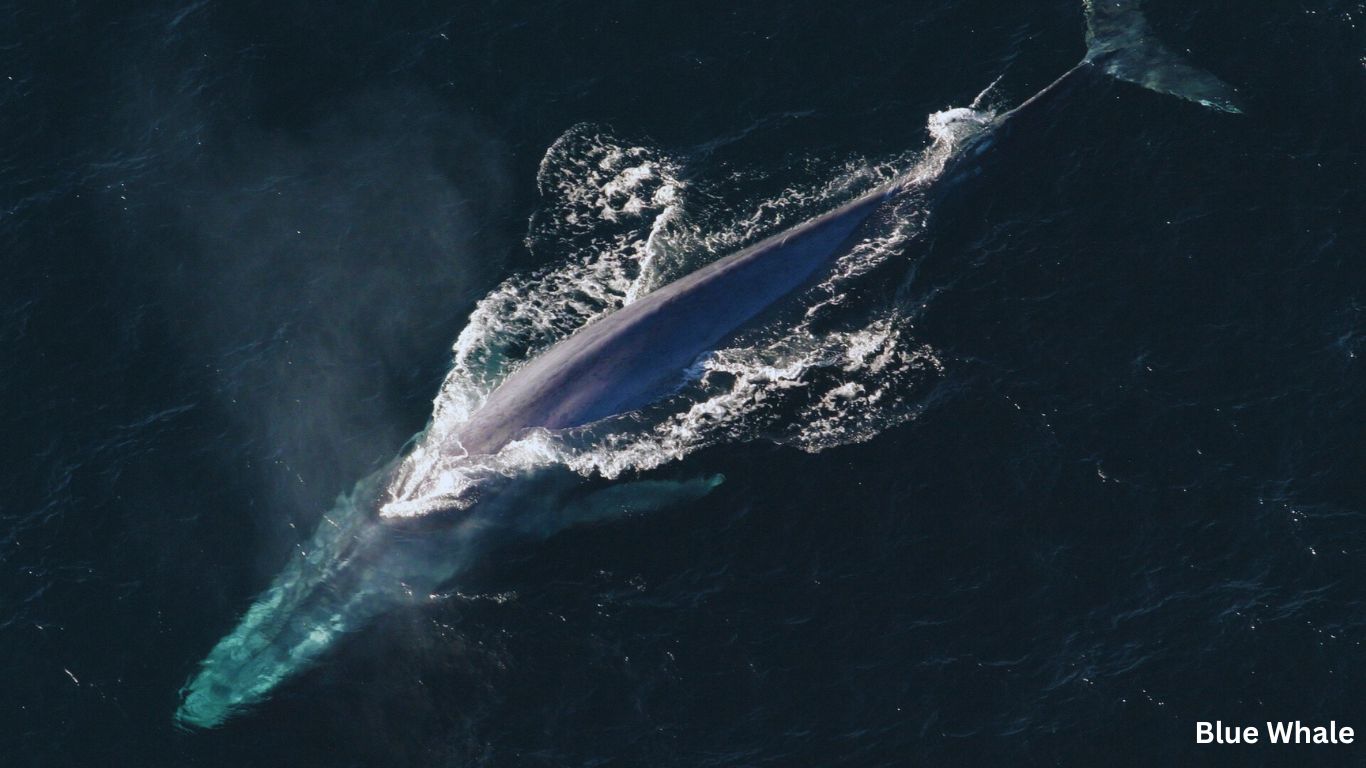
2. Dolphins: Dolphins are highly intelligent and social marine mammals. They are known for their playful behavior, acrobatics, and communication skills. Dolphins can be found in oceans worldwide and are often seen swimming in groups called pods.
Would you like to know more about Dolphins, click here.
3. Seals and Sea Lions: Seals and sea lions are semi-aquatic marine mammals. They have streamlined bodies, flippers, and are excellent swimmers. Seals tend to have shorter front flippers and wriggle on land, while sea lions have longer front flippers and can walk on all fours.
4. Manatees: Manatees, also known as sea cows, are large, herbivorous marine mammals. They are found in coastal areas, rivers, and estuaries, primarily in warm tropical waters. Manatees are gentle creatures and feed on aquatic vegetation.
5. Walruses: Walruses are large pinnipeds known for their prominent tusks, which are elongated canine teeth. They inhabit the Arctic regions and use their tusks to haul themselves onto ice floes and for defense.

These marine mammals play vital roles in marine ecosystems. They contribute to nutrient cycling, control prey populations, and serve as indicators of overall ocean health. However, many marine mammals face various threats, including habitat loss, pollution, climate change, entanglement in fishing gear, and hunting. Conservation efforts are underway to protect these fascinating creatures and their habitats.
3. Reptiles
Some examples of reptiles are Sea turtles, Sea snakes, Saltwater Crocodiles and etc.
3. Sea turtles: Sea turtles are fascinating marine reptiles that have captured the imagination of people worldwide. These ancient creatures have been swimming in the world’s oceans for over 100 million years. Sea turtles are well-known for their unique life cycles, with females returning to the same beaches where they hatched to lay their eggs. They possess streamlined bodies, flippers, and strong shells that enable them to navigate through the ocean currents with agility.
Are you interested in knowing different species of sea turtles, click here.
4. Sea snakes
Sea snakes are fascinating reptiles that have adapted to life in marine environments. They are a group of venomous snakes that have evolved unique characteristics to thrive in saltwater habitats. With approximately 70 known species, sea snakes can be found in the tropical waters of the Indian and Pacific Oceans.
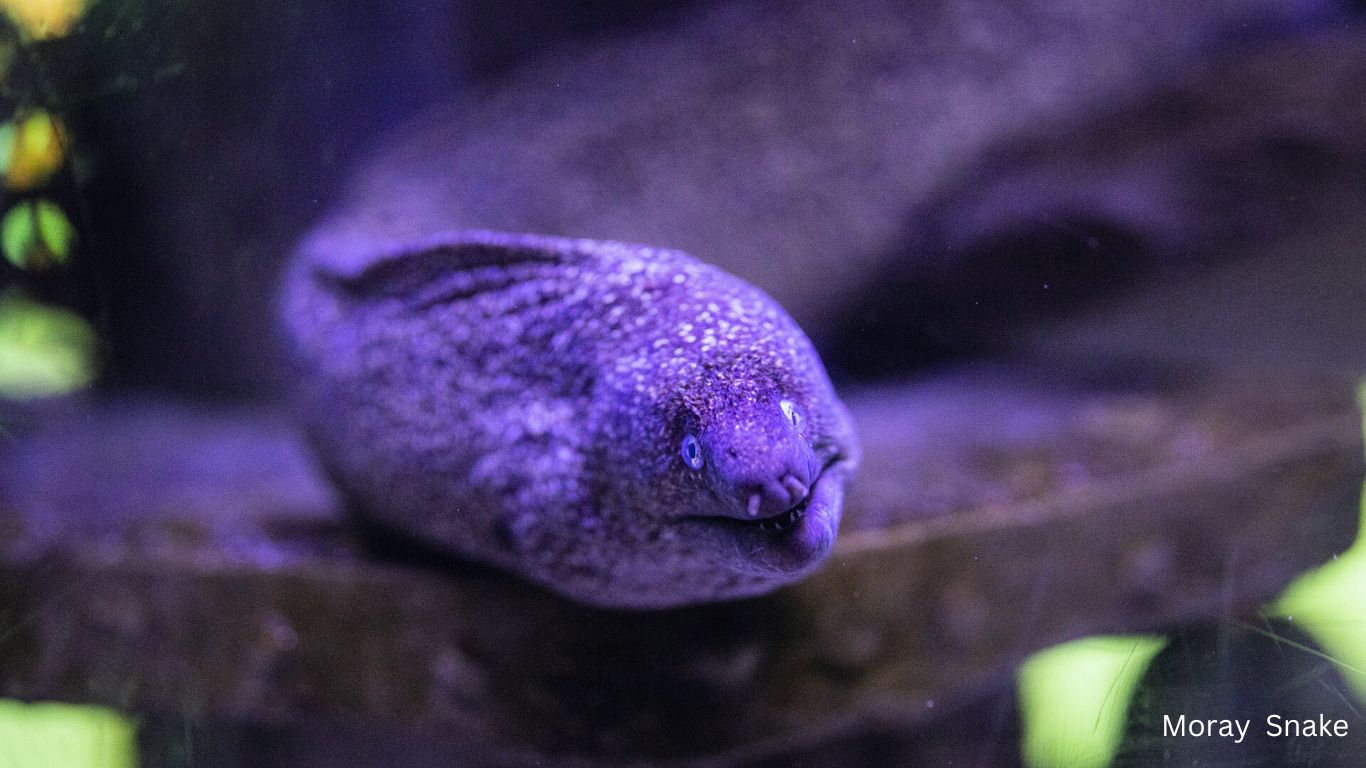
B. Invertebrates
1. Cephalopods like Squids, Octopuses, Cuttlefish.
Cephalopods are a diverse group of marine invertebrates known for their remarkable intelligence, adaptability, and unique characteristics. They belong to the phylum Mollusca and include species such as squid, octopuses, cuttlefish, and nautiluses.
To know more about Octopus, click here.
Here are some key features and characteristics of cephalopods:
1. Tentacles: Cephalopods have arms or tentacles surrounding their mouths, which they use for various purposes like capturing prey, manipulating objects, and locomotion.
2. Well-developed nervous system: Cephalopods possess a complex nervous system, making them the most intelligent invertebrates. They have large brains and sophisticated sensory organs, including well-developed eyes that are similar to vertebrate eyes.
3. Camouflage and color-changing abilities: Cephalopods are renowned for their remarkable ability to change their skin color and texture rapidly, allowing them to blend into their surroundings and evade predators. They accomplish this through specialized skin cells called chromatophores.
4. Ink defense mechanism: When threatened, many cephalopods release a cloud of ink into the water, which acts as a smokescreen, allowing them to escape from predators or confuse them.
5. Jet propulsion: Cephalopods use a jet propulsion system to move through the water. By rapidly expelling water through a muscular funnel, they can generate force and propel themselves in the opposite direction.
6. Complex behaviors and problem-solving skills: Cephalopods exhibit a range of behaviors, including hunting techniques, tool use, and problem-solving abilities. They have demonstrated learning and memory capabilities, as well as the ability to navigate mazes and solve puzzles in laboratory settings. Cephalopods occupy various marine habitats, from shallow coastal waters to the deep sea. They are an essential part of marine food chains, serving as both predator and prey.
Unfortunately, like many marine organisms, cephalopods are facing threats from overfishing, habitat degradation, and climate change. Understanding and conserving these unique creatures is important not only for their ecological roles but also for the valuable insights they provide into the evolution of intelligence and complex behavior in the animal kingdom.
Octopuses are a fascinating group of cephalopods known for their intelligence, adaptability, and unique characteristics. They belong to the order Octopoda and are widely distributed throughout the world’s oceans.
To know more about Octopus, click here.
Cuttlefish are marine animals belonging to the same family as squids and octopuses. They are cephalopods and are known for their fascinating appearance, sophisticated behavior, and unique characteristics.
To know more about Cuttlefish, click here.
2. Crustaceans are Crabs, Lobsters, Shrimp and etc.
Crustaceans are a diverse group of arthropods that live primarily in aquatic environments, including both freshwater and marine habitats.Crustaceans exhibit a remarkable diversity in size, shape, and habitat. They belong to the subphylum Crustacea, which includes familiar creatures such as crabs, lobsters, shrimp, crayfish, and barnacles.
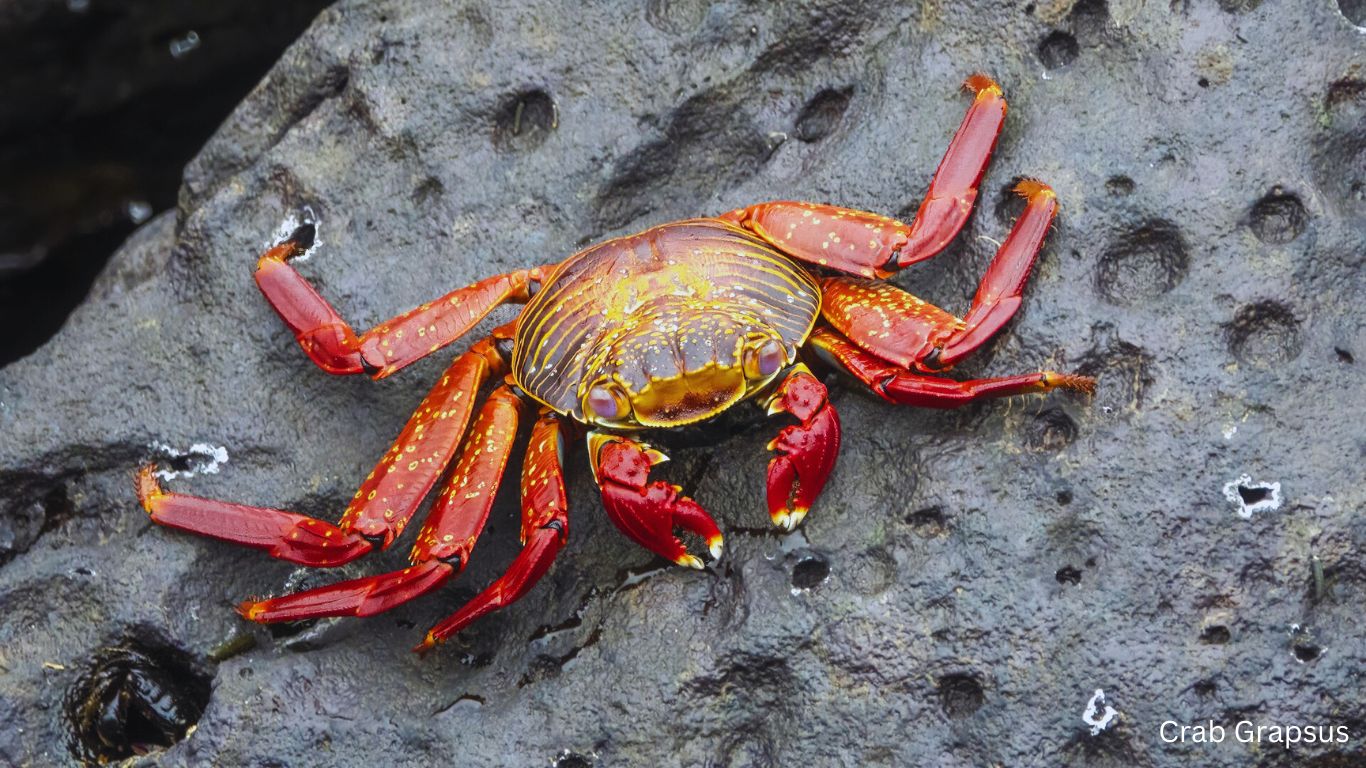
Here are some key features and characteristics of crustaceans:
1. Exoskeleton: Crustaceans have a hard exoskeleton made of chitin, a tough and flexible material. The exoskeleton provides support and protection for their bodies, as well as serving as an attachment site for muscles. As they grow, crustaceans molt, shedding their old exoskeleton and forming a new, larger one.
2. Segmented bodies: Crustaceans have segmented bodies divided into three main parts: the head, thorax, and abdomen. The head typically bears sensory antennae and compound eyes. The thorax often carries appendages specialized for feeding, locomotion, or reproduction, such as pincers, claws, or swimming legs. The abdomen varies in size and function among different crustacean species.
3. Appendages: Crustaceans possess numerous pairs of specialized appendages. These appendages serve various functions, including feeding, locomotion, reproduction, and defense. For example, crabs have powerful claws for capturing prey and defending themselves, while shrimp use their front appendages for grabbing and manipulating food.
4. Reproduction: Crustaceans exhibit a range of reproductive strategies. Most crustaceans have separate sexes, with males and females producing eggs and sperm. Fertilization can be internal or external, depending on the species. Some crustaceans go through complex courtship rituals, while others have indirect development, with larval stages before reaching adulthood.
5. Ecological importance: Crustaceans play crucial roles in aquatic ecosystems. They serve as a significant food source for many larger animals, including fish, birds, and marine mammals. Some crustaceans, like shrimp and krill, form the basis of important marine food webs. Additionally, crustaceans contribute to nutrient cycling and help control populations of other organisms.
6. Economic and culinary significance: Many crustaceans are commercially valuable and are harvested for human consumption. Lobsters, crabs, shrimp, and crayfish are popular seafood delicacies and are important economically in fishing industries worldwide.
Crustaceans exhibit a remarkable diversity in size, shape, and habitat. They have adapted to various ecological niches, from the deep sea to freshwater streams and coastal areas. However, like other marine species, crustaceans face threats such as habitat degradation, pollution, overfishing, and climate change. Conservation efforts are essential to protect these important organisms and maintain the health and balance of aquatic ecosystems.
3. Mollusks like Clams,Snails, Sea slugs and etc.
Mollusks are a diverse group of invertebrates that inhabit various aquatic and terrestrial habitats. With over 100,000 known species, they are one of the largest and most diverse phyla in the animal kingdom. Mollusks exhibit a wide range of sizes, shapes, and lifestyles, making them incredibly fascinating creatures.
The phylum Mollusca includes familiar organisms such as snails, clams, mussels, oysters, squids, octopuses, and cuttlefish. Despite their diverse appearances, mollusks share several common characteristics. They typically possess a soft body covered by a hard shell, though some species lack shells altogether. The body structure consists of a head, a muscular foot for locomotion, and a mantle that secretes the shell in shell-bearing species.

Mollusks display remarkable adaptability and occupy diverse ecological niches. Some, like snails, are primarily terrestrial, while others, like clams and oysters, are filter feeders in marine and freshwater environments. Cephalopods such as squids and octopuses are renowned for their intelligence and complex behaviors.
The mollusk shell is a remarkable feature that provides protection and support. Shells can vary greatly in shape and composition, from spiral-shaped shells of snails to bivalve shells of clams. Some mollusks, like the chambered nautilus, have intricate and elaborate shells.
Mollusks play vital roles in ecosystems. Filter-feeding bivalves, such as mussels and clams, help maintain water quality by filtering and removing organic particles. Certain species, like the giant clam, form symbiotic relationships with algae, contributing to the health of coral reefs. Cephalopods, known for their remarkable hunting abilities, occupy the roles of predators and maintain balance in marine food chains.
Mollusks have also been of significant economic importance to humans throughout history. They provide a valuable food source, with many species being harvested for their meat, shells, or pearls. Additionally, mollusks have contributed to scientific research, particularly in the field of neurobiology due to the sophisticated nervous systems of cephalopods.
Unfortunately, mollusks face various threats, including habitat loss, pollution, overexploitation, and climate change. Certain species are endangered or have experienced population declines due to these factors. Conservation efforts aim to protect their habitats, regulate harvesting practices, and raise awareness about the importance of preserving these remarkable creatures.
Mollusks, with their incredible diversity and ecological significance, exemplify the beauty and complexity of the animal kingdom. They continue to captivate scientists, conservationists, and enthusiasts alike, inviting further exploration and understanding of their remarkable adaptations and contributions to the natural world.
4. Echinoderms are Sea stars (starfish), Sea urchins, Sea cucumbers and etc comes in this category.
Echinoderms are a diverse group of marine invertebrates that belong to the phylum Echinodermata. They are characterized by their radial symmetry and spiny skin, with a unique internal water vascular system that helps in locomotion, feeding, and gas exchange. Echinoderms include well-known creatures such as starfish, sea urchins, sea cucumbers, brittle stars, and sea lilies.
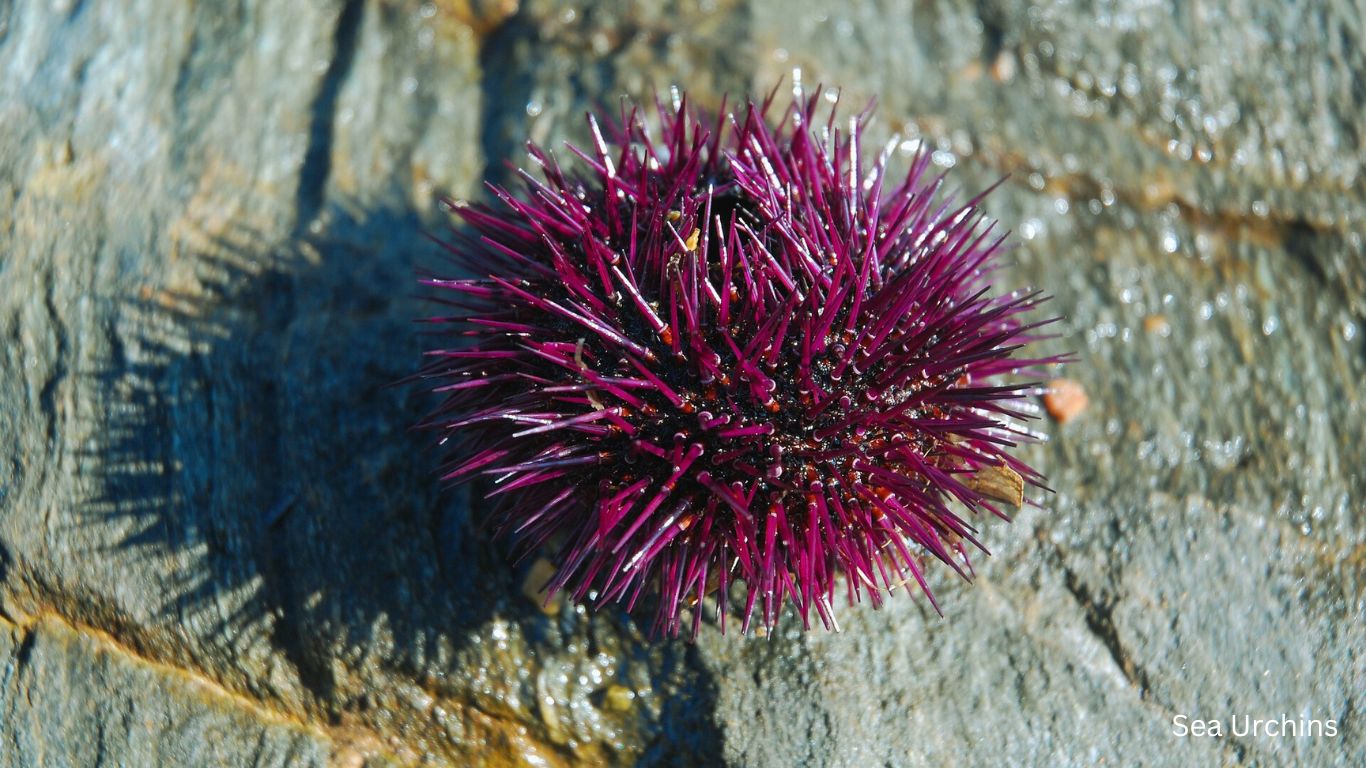
Here are some key features and characteristics of echinoderms:
1. Radial symmetry: Echinoderms typically exhibit radial symmetry, with body parts arranged around a central axis. This means that their bodies can be divided into equal halves in multiple planes. However, some echinoderms, such as sea cucumbers, show bilateral symmetry as well.
2. Water vascular system: Echinoderms have a unique internal system called the water vascular system. It consists of a network of fluid-filled canals and tube feet that enable movement, feeding, and respiration. Tube feet, operated by hydraulic pressure, can be extended or retracted, allowing echinoderms to crawl, attach to surfaces, and capture prey.
3. Spiny skin: Echinoderms have a spiny or bumpy skin due to small calcium carbonate plates embedded in their dermis. These plates form a protective armor and give echinoderms their characteristic appearance.
4. Regeneration: Echinoderms are known for their remarkable regenerative abilities. Many species can regenerate lost body parts, such as arms or spines. In some cases, an entire individual can regrow from a single severed arm.
5. Feeding and digestion: Echinoderms employ various feeding strategies. Starfish and brittle stars are predators, using their tube feet and specialized mouthparts to capture and consume prey. Sea urchins have powerful jaws, called Aristotle’s lantern, which they use to graze on algae and other plant material. Sea cucumbers are detritivores, feeding on organic matter and sediment.
6. Reproduction: Echinoderms have separate sexes, and fertilization is typically external, occurring in the water. Many echinoderms release eggs and sperm into the water, where they meet and form larvae. These larvae then undergo metamorphosis into the adult form.
Echinoderms occupy diverse marine habitats worldwide, from intertidal zones to deep-sea environments. They play important ecological roles, such as controlling populations of other organisms and contributing to nutrient cycling. Some echinoderms, like sea cucumbers, have economic value and are harvested for consumption or for use in traditional medicine.
While echinoderms are generally resilient, they can be affected by habitat destruction, pollution, and climate change. Protecting their habitats and implementing sustainable fishing practices are crucial for the conservation of these unique and ecologically important organisms.
5. Corals are of two types, hard corals and soft corals.
Corals are marine organisms that belong to the phylum Cnidaria, specifically the class Anthozoa. They are colonial animals that form intricate, calcium carbonate structures called coral reefs. Corals have a symbiotic relationship with photosynthetic algae called zooxanthellae, which live within their tissues and provide them with energy.

Here are some key features and characteristics of corals:
1. Structure and growth: Corals build their skeletons from calcium carbonate, forming diverse reef structures that provide habitat for a vast array of marine life. Individual coral organisms, known as polyps, are typically small and cylindrical in shape. They have a ring of tentacles surrounding a central mouth, which they use for feeding and capturing prey.
2. Symbiotic relationship: Corals have a mutualistic relationship with zooxanthellae algae. The corals provide a protected environment and necessary nutrients for the algae, while the algae photosynthesize and produce energy-rich compounds that support the corals. This symbiotic relationship is essential for the survival and growth of coral reefs.
3. Coral reef formation: Over time, individual coral polyps reproduce asexually, dividing and multiplying to form colonies. As these colonies grow and deposit calcium carbonate skeletons, they contribute to the growth of coral reefs. Coral reefs are among the most diverse and productive ecosystems on Earth, supporting a wide variety of marine species.
4. Sensitivity to environmental conditions: Corals are highly sensitive to changes in their environment. They require specific conditions, including warm water temperatures, clear and sunlit waters, and stable salinity levels, to thrive. Factors such as pollution, sedimentation, ocean acidification, and rising sea temperatures can stress corals and lead to bleaching events, where they expel their zooxanthellae and can potentially die if the stress persists.
5. Importance for marine ecosystems: Coral reefs are considered “rainforests of the sea” due to their incredible biodiversity and ecological significance. They provide habitat, food, and shelter for numerous marine species, including fish, invertebrates, and other organisms. Coral reefs also protect coastlines from erosion and storm damage and support local economies through tourism and fisheries.
6. Conservation and threats: Coral reefs worldwide are under threat from various factors. Climate change, including warming temperatures and ocean acidification, poses a significant risk to coral health. Additionally, pollution, destructive fishing practices, coastal development, and coral mining can harm or destroy coral reefs. Conservation efforts, such as establishing marine protected areas, reducing pollution, and promoting sustainable practices, are crucial for preserving and restoring coral reef ecosystems.
Protecting and preserving coral reefs is vital for the biodiversity and health of our oceans. Efforts to mitigate climate change, reduce pollution, and promote sustainable practices are necessary to ensure the long-term survival of these extraordinary ecosystems.
D. Conservation efforts and initiatives
Conservation efforts and initiatives play a vital role in protecting and preserving the health and biodiversity of marine ecosystems. Here are some key conservation efforts and initiatives aimed at safeguarding marine environments:
1. Marine Protected Areas (MPAs): MPAs are designated areas that restrict or regulate human activities to conserve marine ecosystems and biodiversity. These areas provide protection for vulnerable species, critical habitats, and spawning or nursery grounds. MPAs can range from small, local reserves to large-scale protected areas that cover extensive stretches of ocean.
2. Sustainable Fisheries Management: Implementing sustainable fishing practices is essential for maintaining healthy fish stocks and minimizing the negative impacts of fishing on marine ecosystems. This includes setting catch limits, regulating fishing gear, promoting selective fishing methods, and establishing fishing seasons to allow for population recovery and reproduction.
3. Habitat Restoration: Habitat restoration projects focus on recovering and rehabilitating degraded marine habitats such as coral reefs, seagrass beds, and mangrove forests. Restoration efforts involve activities like replanting, coral transplantation, and creating artificial structures to enhance habitat complexity and promote the return of diverse marine communities.
4. Reduction of Marine Pollution: Efforts to reduce marine pollution aim to mitigate the impacts of pollutants on marine ecosystems. This includes implementing stricter regulations on industrial and sewage discharges, promoting proper waste management practices, reducing plastic pollution, and raising awareness about the importance of reducing pollution at its source.
5. Climate Change Adaptation: Conservation initiatives are increasingly focusing on climate change adaptation strategies to help marine ecosystems cope with the impacts of a changing climate. This involves identifying and protecting climate-resilient areas, developing strategies to assist vulnerable species and habitats, and promoting ecosystem-based approaches to build resilience.
6. International Collaboration and Agreements: International cooperation is crucial for effective marine conservation. Organizations such as the United Nations Environment Programme (UNEP), the International Union for Conservation of Nature (IUCN), and regional bodies like the Regional Seas Programs work together to develop policies, guidelines, and initiatives to address global marine conservation challenges.
7. Public Awareness and Education: Raising public awareness about the importance of marine conservation is vital for fostering a sense of stewardship and encouraging sustainable practices. Educational programs, public campaigns, and outreach activities help inform communities about the value of marine ecosystems, the threats they face, and the actions individuals can take to contribute to their conservation.
8. Sustainable Tourism: Sustainable tourism practices can help minimize the negative impacts of tourism on marine environments while providing economic benefits to local communities. This includes promoting responsible diving and snorkeling, supporting eco-certified tour operators, and raising awareness about the importance of respecting marine wildlife and habitats.
9. Scientific Research and Monitoring: Continuous scientific research and monitoring programs are essential for understanding the health of marine ecosystems, identifying threats, and informing conservation strategies. Research helps improve our understanding of marine biodiversity, species interactions, and ecosystem dynamics, contributing to evidence-based conservation decision-making.
These conservation efforts and initiatives, along with the collaboration of governments, organizations, communities, and individuals, are crucial for preserving the health and resilience of marine ecosystems and ensuring their sustainable use for future generations.
Conclusion: Safeguarding the Ocean’s Treasures for Future Generations
To address these challenges, it is crucial to take action for the conservation and sustainable management of marine ecosystems:
1. Support sustainable fishing practices: Choose sustainably harvested seafood and support fisheries that follow responsible fishing techniques, such as implementing catch limits, using selective gear, and respecting marine protected areas.
2. Reduce marine pollution: Minimize the use of single-use plastics, properly dispose of waste, and support initiatives that promote recycling, waste management, and pollution reduction. Participate in beach cleanups and spread awareness about the impacts of marine pollution.
3. Advocate for effective marine protected areas: Support the establishment and proper management of marine protected areas to safeguard critical habitats, protect vulnerable species, and promote ecosystem resilience.
4. Promote climate change mitigation and adaptation: Advocate for policies and actions that reduce greenhouse gas emissions, transition to renewable energy sources, and support climate resilience initiatives for marine ecosystems. Encourage sustainable coastal development practices that consider the impacts of climate change.
5. Engage in citizen science and research: Participate in citizen science programs that collect data on marine species and habitats. Support scientific research initiatives and monitoring efforts to better understand marine ecosystems and inform conservation strategies.
6. Educate and raise awareness: Spread knowledge about the importance of marine ecosystems, the threats they face, and the actions individuals can take to make a positive difference. Educate others about the value of sea animals and the need for their conservation.
7. Support local communities: Contribute to sustainable tourism practices that support local economies while minimizing impacts on marine ecosystems. Engage with local communities and support initiatives that prioritize the well-being of both people and the environment.
By taking collective action and implementing sustainable practices, we can protect and preserve the incredible diversity of sea animals and ensure the long-term health and resilience of marine ecosystems. Each individual’s choices and actions can make a significant difference in safeguarding the oceans for present and future generations. Let us come together to conserve and sustainably manage our marine ecosystems, preserving their beauty, resources, and irreplaceable ecological value.
